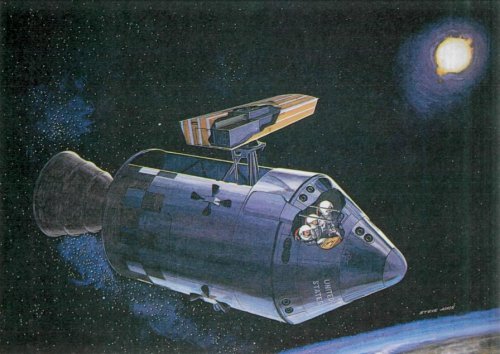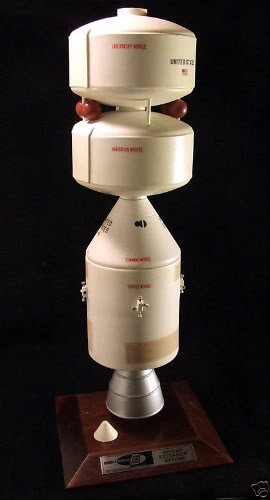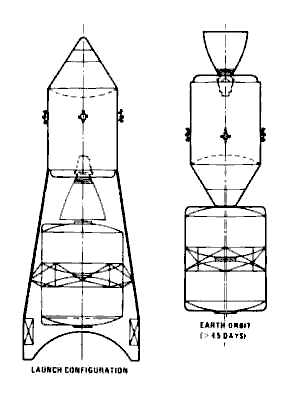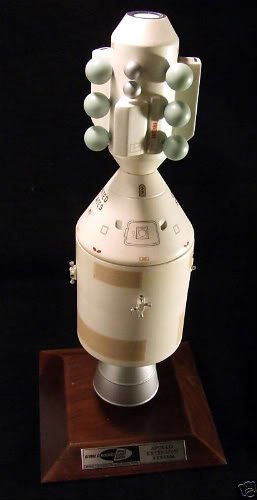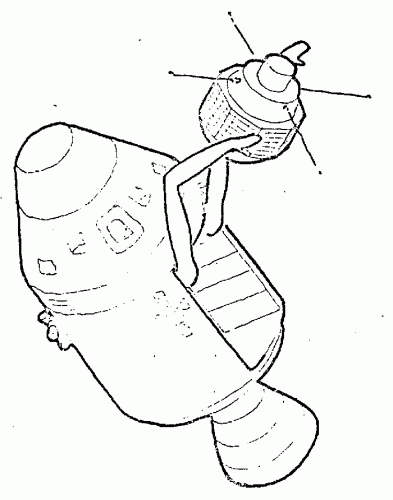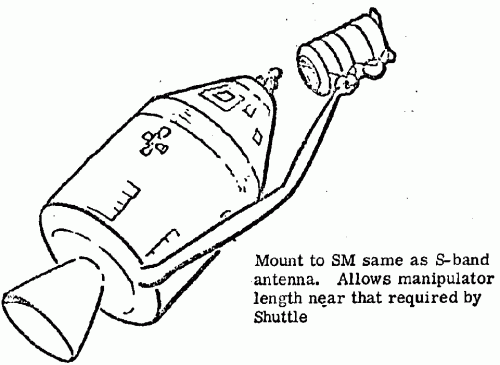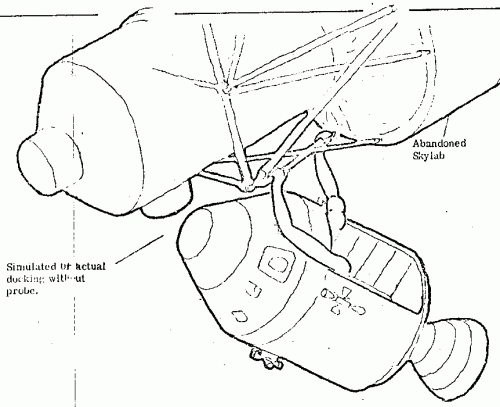CSM Experiments Pallet
Proposed modification of the Apollo Service Module to permit a variety of Earth/Lunar orbit experiments to be carried. One such experiment evolved into the Apollo Telescope Mount fitted to Skylab. In a more limited form, this modification saw light as the SIM bay on Apollo 15-17.
W.W. Hough, Study of the Apollo experiments Pallet as a support system for orbital experiments, May 20, 1966
http://ntrs.nasa.gov/archive/nasa/casi.ntrs.nasa.gov/19770079359_1977079359.pdf
Apollo Telescope Mount Final Report
http://ntrs.nasa.gov/archive/nasa/casi.ntrs.nasa.gov/19770081341_1977081341.pdf
Proposed modification of the Apollo Service Module to permit a variety of Earth/Lunar orbit experiments to be carried. One such experiment evolved into the Apollo Telescope Mount fitted to Skylab. In a more limited form, this modification saw light as the SIM bay on Apollo 15-17.
W.W. Hough, Study of the Apollo experiments Pallet as a support system for orbital experiments, May 20, 1966
http://ntrs.nasa.gov/archive/nasa/casi.ntrs.nasa.gov/19770079359_1977079359.pdf
Apollo Telescope Mount Final Report
http://ntrs.nasa.gov/archive/nasa/casi.ntrs.nasa.gov/19770081341_1977081341.pdf

